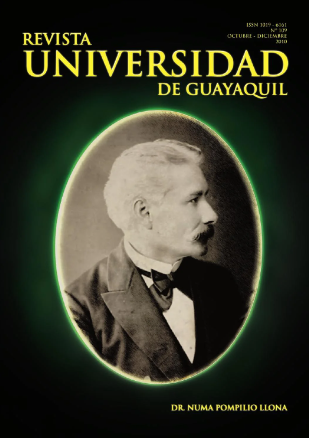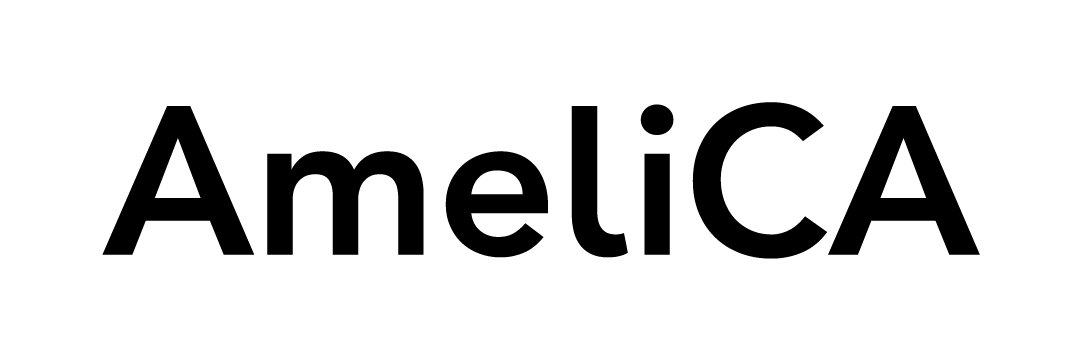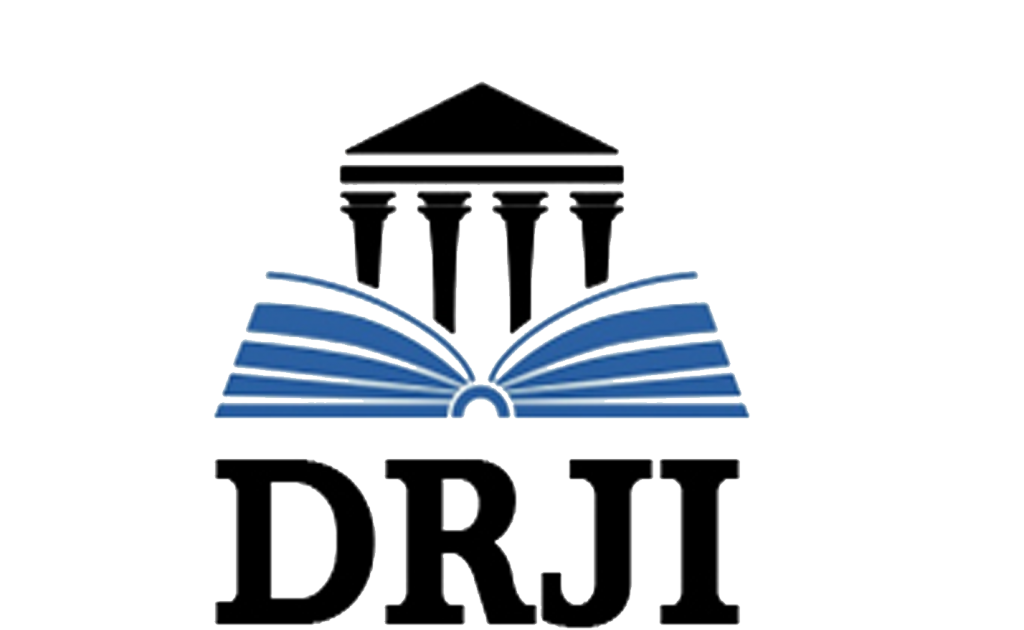Anomalies facial features and most common dental malposition men
DOI:
https://doi.org/10.53591/RUG.V109I4.370Keywords:
Facial Profile, Crowded teeth, Diastemas, Lips Incompatibility, Angle ClassificationAbstract
A study was conducted with the purpose of obtaining information about facial features and dental malpositions anomalies more common in Ecuadorian mestizo men between 18-22 years of age. The results showed that the most common facial profile is straight profile and that there is a harmony between the middle and lower facial thirds. 20% had some type of lips incompatibility. From 25 casesstudied only one showed anterior open bite and none anterior cross bite. Patients had more crowdedteeth areas than diastemas and 4 cases of ectopic teeth were showed. As for the type of malocclusion 42% of the sample were Class I, Class II 0% and 25% bilateral Angle Class III, regarding 67% ClassI, Class II 0% and 4% Class III in bilateral canine relation. We conclude that the Ecuadorian mestizo men have in common a harmoniousfacial profile andoverjet and overbite measures within the norm,there is a high percentage of teeth loss in particular the 1st permanent molar, which translates intospace loss, occlusion problems and a poor masticatory function. It requiresthe participation of Dental Service to identify and correct bad oral habits at an early age and put emphasis on treatments that preserve these teeth considered by Angle as critical to the proper position and occlusion of thedental arch.
References
Gallardo, W. Terreros, M.A. (2006) Libro Básico de Ortodoncia Tomo 1. Unidad # 3 Oclusión, Oclusión normal,Maloclusión, Fisiología dento maxilo facial. Primera Edición. Guayaquil. Editorial Universidad de Guayaquil.
Rakosi T. (1993) Color Atlas of Dental Medicine, Orthodontic Diagnosis, Evaluating the Occlusion. Examination of the Soft Tissues. Stuttgart – New York. Georg Thieme Verlag.
Graber T, Swain B. (1992) Ortodoncia. Principios generales y técnicas. Primera Edición. Buenos Aires. Edito-rial Médica Panamericana.
Farkas LG. (1996) “Accuracy of anthropometric measurements: past, present, and future”. Cleft Palate Craniofac J 33:10-8.
Arias de Luxan S. (2000) Ortodoncia Clínica y Terapéutica. Capítulo 8 Análisis Morfológico y Facial. SegundaEdición. España. Elsevier España.
Parra Y. (2003) “El paciente respirador bucal una propuesta para el estado nueva esparta 1996-2001”. ActaOdontológica Venezolana. Pagina Web: www.actaodontologica.com
Gallardo, W. Terreros, M.A. (2006) Libro Básico de Ortodoncia Tomo 1. Unidad # 2 Crecimiento y Desarrollode la dentición primaria y permanente. Primera Edición. Guayaquil. Editorial Universidad de Guayaquil.
Published
How to Cite
Issue
Section
License

This work is licensed under a Creative Commons Attribution-NonCommercial-NoDerivatives 4.0 International License.

This work is licensed under a Creative Commons Attribution-NonCommercial-NoDerivatives 4.0. International License.
You are free to:
- Share — copy and redistribute the material in any medium or format
- The licensor cannot revoke these freedoms as long as you follow the license terms.
Under the following terms:
- Attribution — You must give appropriate credit , provide a link to the license, and indicate if changes were made . You may do so in any reasonable manner, but not in any way that suggests the licensor endorses you or your use.
- NonCommercial — You may not use the material for commercial purposes .
- NoDerivatives — If you remix, transform, or build upon the material, you may not distribute the modified material.
- No additional restrictions — You may not apply legal terms or technological measures that legally restrict others from doing anything the license permits.






























